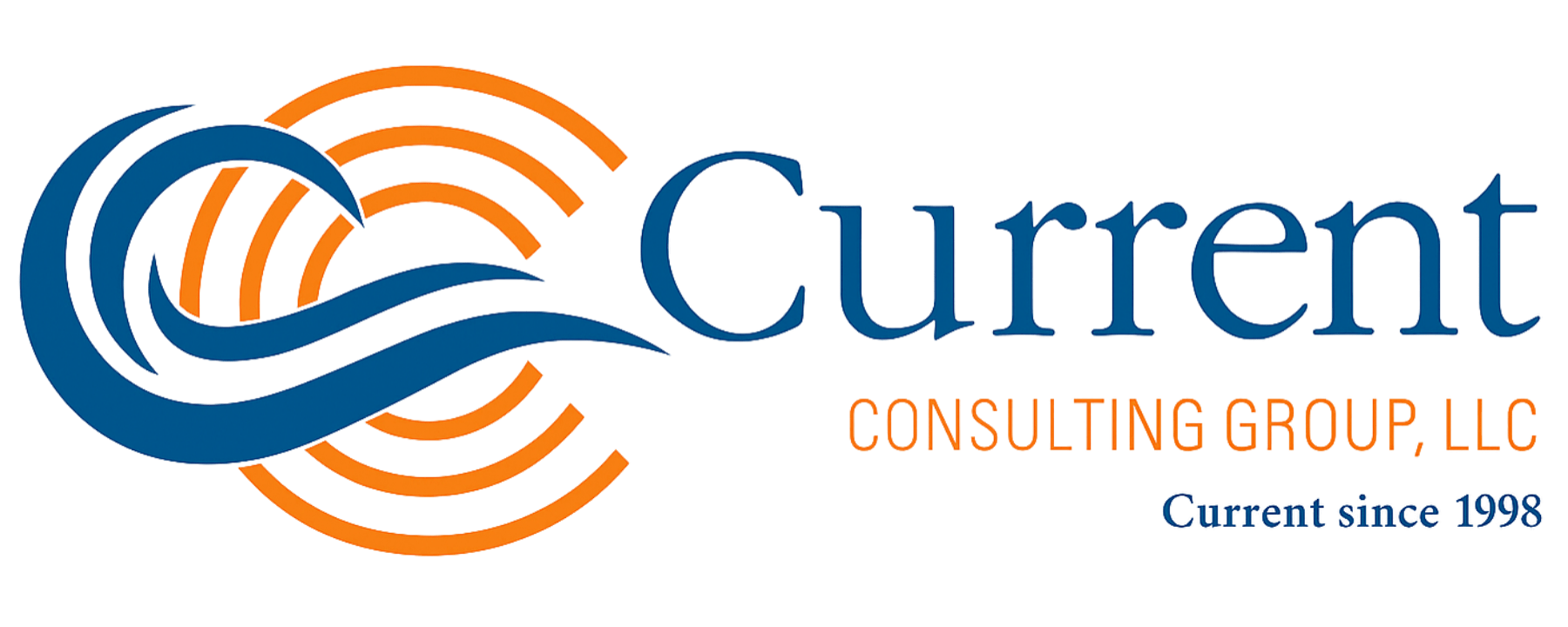Three New Reports Herald the Arrival of the Age of Oral Fluid Drug Testing
This information is provided for educational purposes only. Reader retains full responsibility for the use of the information contained herein.
Oral fluid drug testing is on the rise according to three new reports—Current Consulting Group’s 26th Annual Drug Testing Industry Report, First Advantage’s 2024 Annual Trends Report, and the 2024 Quest Diagnostics Drug Testing Index (DTI).
When the Substance Abuse and Mental Health Services Administration (SAMHSA) issued final regulations for oral fluid testing of federal workers in 2019, it predicted a transition rate from urine to oral fluid of 7% the first year and 25% to 30% within 3 to 4 years. They then applied that same transition rate to drug testing mandated by the U.S. Department of Transportation (DOT). The two markets combined would account for nearly 2 million new oral fluid tests per year.
But a lot has changed in the five years since that prediction was made and those changes appear to be pushing the transition rate higher.
There are forces at work that are encouraging employers to consider alternative testing methods, particularly oral fluid testing. These trends include state marijuana laws that restrict the use of traditional testing methods, economic trends that are forcing companies to cut costs where possible, an ever-tightening labor market that is making hiring qualified, drug-free workers more challenging, and the need to streamline the overall drug testing process so it is more applicant- and employee-friendly.
Oral fluid drug testing, and rapid oral fluid testing in particular, addresses all of those needs and as such drug testing providers and employers seem to be taking notice.
Current Consulting Group’s Survey (CCG)
Of course, a major factor driving up interest in oral fluid testing was the decision in 2023 by DOT to issue final regulations for lab-based oral fluid testing. In CCG’s 26th Annual Drug Testing Industry Survey, when drug testing providers were asked “Do you believe that DOT’s issuance of final regulations for lab-based oral fluid testing resulted in more interest among employers for oral fluid testing?”, 67.6% said yes versus only 29.7% who said no.
Further, 23.4% of survey participants said they were considering adding lab-based oral fluid and 22.97% that said they were considering adding rapid-result oral fluid to their service offerings. Together that represents over 46% of participants who are considering adding some form of oral fluid testing to their offerings; 5 years ago that percentage would have been much lower.
DOT-covered employers are waiting for several conditions to be met by laboratories and other entities before being able to use oral fluid for mandated testing. When asked “Do you believe oral fluid drug testing under the new DOT regulations will become available in 2024?”, 48.2% said yes while 51.8% said no. Whether you believe it will be in 2024, or sometime in 2025, there is no doubt now it is coming and this availability will only further increase the acceptance of oral fluid testing and the market share it will garner.
New laws in California and Washington that, among other things, prohibit employers from discriminating against marijuana users based on the results of drug tests that only reveal the presence of the “non-psychoactive” metabolite of cannabis are also causing some employers to switch to oral fluid testing. In contrast to urine testing, oral fluid tests reveal the presence of delta-9 tetrahydrocannabinol or parent THC, generally accepted as the “psychoactive” ingredient in marijuana.
When asked: “Have you had clients add or switch to oral fluid drug testing in California and/or Washington because of the new laws?”, 63% said yes.
Flashing back to CCG’s 2023 industry survey, 46% said they believe that oral fluid testing will be the most common drug testing method in the future (up from 44% the previous year, the same percentage that predicted it will be urine testing (which dropped from 50% the previous year).
First Advantage Trends Report [i]
Perhaps a more dramatic indicator that oral fluid testing is on the rise is found in a new report from First Advantage. Quoting from the company’s 2024 Annual Trends Report,
“Customers are quickly adopting oral fluid drug screens. Over the last two years, the use of oral fluid-based screens grew by 74%, and it now makes up 30% of drug screening.”
Oral fluid screens comprising 30% of the overall drug tests performed by one of the world’s largest employee screening companies is significant but not necessarily surprising. What may be surprising to some is the fact that First Advantage reported “Instant oral fluid screens comprise two thirds of that volume.”
Rapid oral fluid testing solves specific challenges experienced with traditional testing methods. For example, rapid oral fluid testing solves delayed results from laboratories, particularly as it pertains to pre-employment drug screens. In the CCG survey, 38% said that compared to a year ago it is taking longer to get results back from laboratories; only 9% said it is taking less time.
Quoting from the First Advantage report:
“Turnaround time for a negative instant oral fluid drug screen is 20 minutes or less. For most [job] candidates, that means results are known on the spot while they’re filling out paperwork. For non-negative results that require confirmation testing or for lab-based oral fluid screens, the turnaround time is nearly a half-day faster than urine-based lab screens.”
Referring again to the CCG survey, 53.6% said they have clients that currently use rapid-result oral fluid testing. When asked “Do you believe that the use of POCT or rapid-result testing will increase or decrease in the next 3 years?”, 95.4% said it will either increase (67.7%) or stay the same (27.7%). When asked “If you do not currently sell a certain testing method, which one(s) do you anticipate selling in the future?” 22.97% said rapid-result oral fluid testing.
Quest Diagnostics Drug Testing Index [ii]
Another problem that oral fluid testing solves is drug test cheating. Why? First, every oral fluid collection is 100% observed, which means that a donor has virtually no opportunity to tamper with the sample. Second, most drug test cheating techniques commonly used with urine are either not possible or practical with oral fluid such as adding a foreign substance to the sample or using a substitute sample.
This is particularly important for employers to know because, according to the 2024 Quest DTI:
“The percentage of employees in the general U.S. workforce whose drug test showed signs of tampering increased by more than six-fold in 2023 versus the prior year, the highest rate ever in more than 30 years of annual reporting.”
Suhash Harwani, Ph.D., Senior Director of Science for Workforce Health Solutions at Quest Diagnostics said:
“The increased rate of both substituted and invalid specimens indicates that some American workers are going to great lengths to attempt to subvert the drug testing process.”
And at the same time that drug test cheating was on the rise, oral fluid positivity rates also increased. According to the DTI, 3.3% of all oral fluid tests in 2023 were positive, up slightly from 3.2% the previous year. Post-accident oral fluid positivity increased from 9.9% in 2022 to 10.9% in 2023, while pre-employment testing positives increased from 2.8% to 3.0% over that same time.
Conclusion
As drug abuse continues to increase and as more states move to legalize the so-called recreational use of marijuana, employers are faced with the challenge of how to conduct drug testing so as to secure the safety and wellbeing of their workers while not discriminating against legal marijuana users. Drug testing has proven to be an essential component of many companies’ safety programs, so it’s not really a question about whether a company should conduct drug testing, but rather how to conduct drug testing.
Oral fluid testing with its tighter window of detection (typically 12 hours for marijuana) and ability to detect very recent drug use represents an ideal alternative to traditional drug testing methods. In states like California and Washington, where the use of urine testing for marijuana is prohibited in many situations, oral fluid testing makes it possible for employers to continue to experience all the benefits of drug testing while simultaneously complying with local marijuana laws.
From the Current Consulting Group’s 2024 Drug Testing Industry Report, First Advantage’s 2024 Annual Trends Report, and the 2024 Quest Diagnostics Drug Testing Index it is clear that employers and drug testing providers are getting the message about oral fluid testing. It appears that the age of oral fluid testing has arrived.
Wondering about if you can use oral fluid in your state(s) of business? Contact CCG at info@currentconsultinggroup.com to learn more about our state law database.
© 2010-2014 The Current Consulting Group, LLC – No portion of this article may be reproduced, retransmitted, posted on a website, or used in any manner without the written consent of the Current Consulting Group, LLC. When permission is granted to reproduce this article in any way, full attribution to the author and copyright holder is required.



